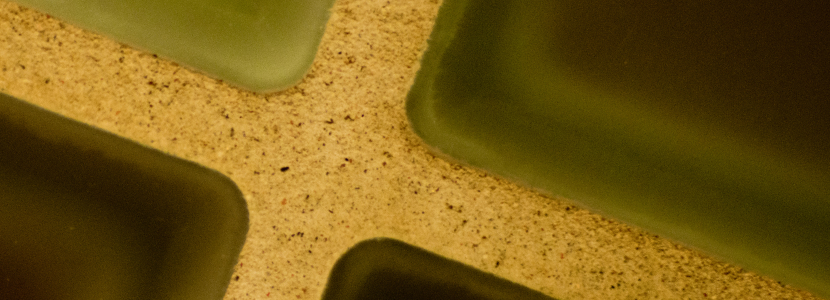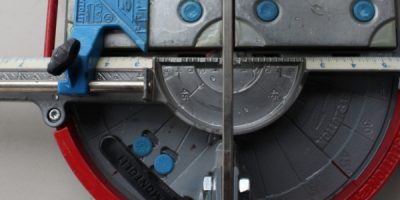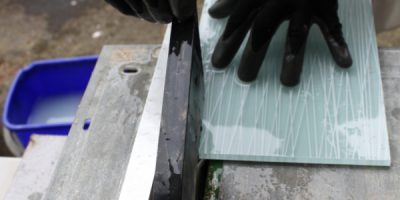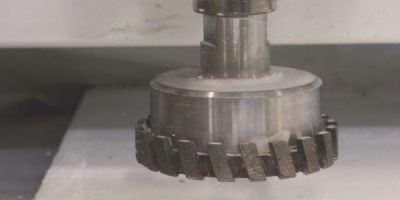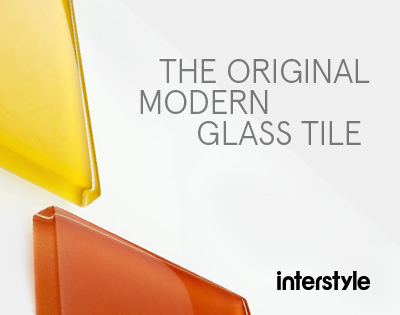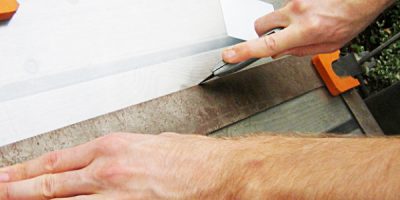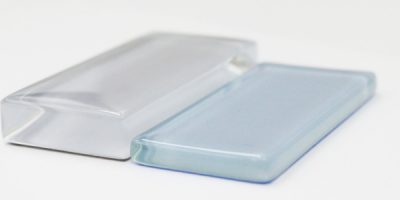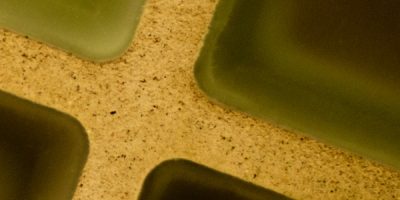It is important to pay attention to the grout’s moisture content.
In traditional thickset mortar installations, grout refers to the excess mixture of sand and cement that oozes out between tiles, filling the space created at each joint. If the grout is kept moist for some time it will cures properly, ending up very hard and non-absorbent.
Grout as we know it today is a more recent invention that has been designed to fill the gaps left when tiles are installed with a thin adhesive (thinset). This grout is still made of sand and cement, but has been modified to enhance moisture content, and is also used differently – installed over the tiles after the thinset adhesive behind the tile has completely set and dried.
Pick the right color
Color is not a technical problem, but when installing it is important to keep the end point in mind. You want the tiles to look good when the installation is complete, and grout color can have a dramatic effect on the look of the tile. Glass tiles are often grouted with white grout, because white complements the brightness of glass. However, with mosaics and some specialty tiles, it is worth experimenting swith color. Some stores have desktop tools that enable the shopper to visualize different colors; UK mosaic tile on line source The Joy of Shards has one for mosaics.
A common installation problem
Tiles are typically dry before grouting. Within an hour of grouting the grout appears to have set. It looks finished.
But grout, like any cement product, needs to cure for at least 28 days. That process requires moisture, so even though the grout appears to have set after an hour, it is actually starved for moisture. If it is not kept moist, it will remain porous, chalky and brittle for the rest of its life. This makes room for mildew and other nasty things to grow in the grout.
The solution: maintain moisture content by using an acrylic modified grout
The glass tile industry usually recommends the use of polymer-modified grouts. Polymers help grout retain moisture and achieve a better cure; they increase bond strength; they are effective at plugging up pores.
It is important to pay attention to the grout’s moisture content. Grouts should not dry too quickly after installation, so cover the wet grout with a plastic sheet to keep moisture in. It takes at least seven days to achieve minimum strength and 28 days for the grout to approach full strength, so don’t be shy about applying a bit more water every so often. Be sure not to apply any grout sealers for at least 28 days, otherwise you will disturb the curing process. And carefully follow the installation instructions that come with the grout sealer.
What about epoxy grouts?
Epoxy is a two-part resin that together with fillers can be made to look like grout. Epoxy grout has always been appealing from the homeowner’s point of view because of the problems with ”regular“ grout, and its apparent pluses –it is not porous and does not require moisture to set.
The glass tile industry has historically discouraged the use of epoxy materials because they tend to be very inflexible, making the entire installation rigid and prone to cracking. There have also been installation difficulties and safety issues. Epoxy-based grouts have had a tendency to be very sticky, making installation and cleaning difficult. They have also had a ”toxic“ odor.
But not all epoxy grouts are equal. Some chemical companies now claim a more flexible product. For instance, when used in conjunction with spacers and a special sealant, Latricrete recommends its Spectralock grout for small mosaic glass tiles.
– John Dumbrille
Information on these pages is offered as a background and guideline. No warranty is implied. Always check with your manufacturer for an installation method that they will stand behind.
